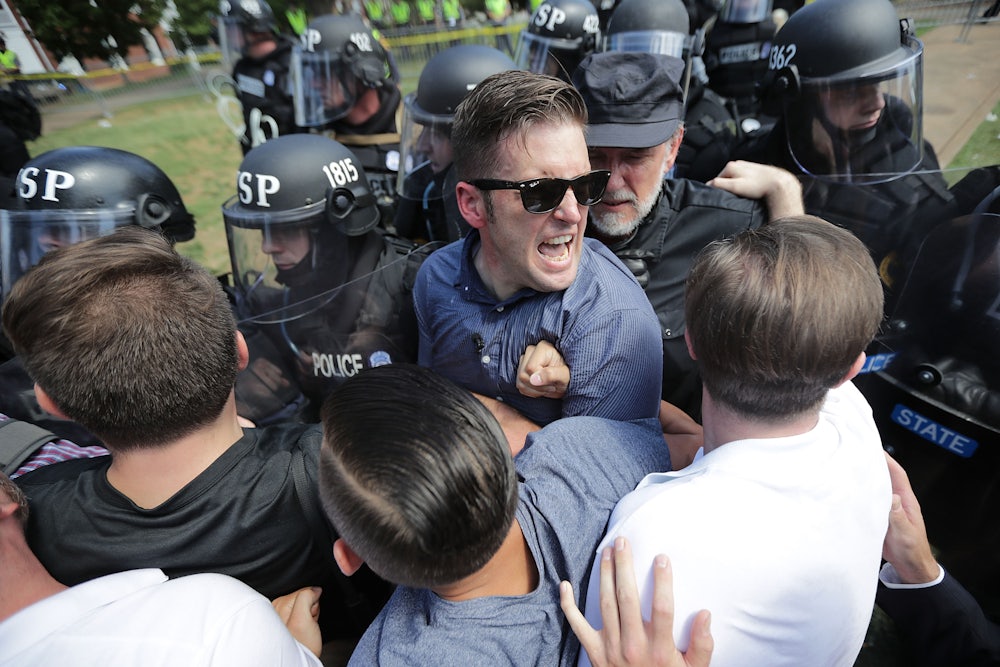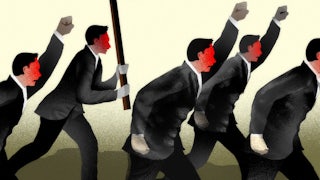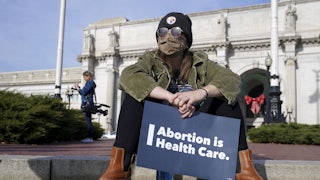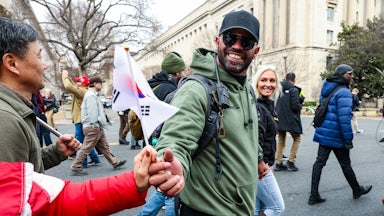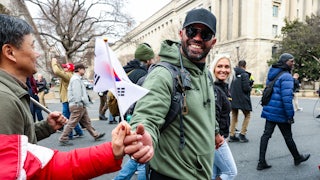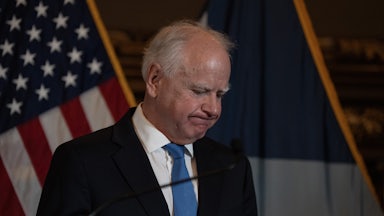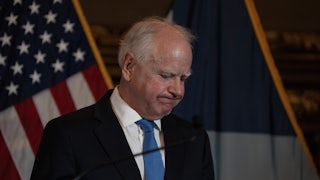From anti-Black racism to antisemitism to Islamophobia, hate has always had a home in the United States. But in the Trump years, it became more public, to the point that now Representative Lauren Boebert openly slings Islamophobia and refuses even to apologize for it, beyond a tepid tweet. Her Republican colleagues are divided about whether to distance themselves from it.
Boebert isn’t the first member of Congress to embrace hate, but the January 6 attack on the Capitol proved that these times are more dangerous than usual. This is what makes the work of the House Select Committee investigating the causes of the insurrection, what happened that day, and how to prevent it happening again so important: It can draw a line from the Trump White House to the white supremacists that can drive a wedge between hate groups and remind many Americans—or show them for the first time—why Trumpism is fascism.
The January 6 committee is going about its work aggressively. It sent the Proud Boys and two other hate groups subpoenas for documents and testimony about their role in organizing what became a violent siege at the Capitol, along with the serial liars and manipulators who advised and/or defended Trump, such as Alex Jones and Roger Stone. The committee had already demanded that Steve Bannon, the former chairman of the alt-right Breitbart News, and Stephen Miller, Trump’s white supremacist loyal adviser, appear before it.
That’s all great, but the committee can do more. It can help deliver a right hook, following a recent left jab to the jaw of hate from a jury in Charlottesville, Virginia, and potentially make it more difficult for Republicans to give protection to those who show their desire for a racist future in America. The committee can lay bare the black heart of hate groups—their thirst for blood and their attempts to manipulate the public. This is Trumpism, and the committee can help to show it.
First, the facts. Trump and his advisers played to hate, and it worked. The number of organized white supremacist groups had started to decline in 2011, according to the Southern Poverty Law Center, which has long tracked such groups. But the U.S. had four years of consecutive growth in the number of hate groups, roughly coinciding with Trump’s first presidential bid. In 2018, the proliferation of hate groups reached an all-time high. Trump’s own appointed head of Department of Homeland Security found, in 2020, that white supremacist groups were the most lethal and consistent domestic terror threat since 2018, even as Trump tried to paint the left as the primary source of danger.
Last month, a jury in Charlottesville considered civil charges against the organizers of the white supremacist Unite the Right march in 2017, which resulted in the death of Heather Heyer and injuries to dozens of others when a neo-Nazi plowed his car into counterprotesters. (He is serving life in prison without parole.) Through powerful testimony and disturbing text messages and chat-room logs, lawyers exposed the organizers’ desire for violence, harming Jews, baiting counterprotesters into fights, and starting a race war. Richard Spencer, the most prominent organizer of the march, was exposed. His apartment, we learned, was dubbed the “Fash loft,” short for “fascist.” Even the organizers’ recruitment techniques and the coded language they used was revealed. Though the jurors deadlocked on federal conspiracy charges, they found the defendants—including Spencer, Jason Kessler, and Christopher Cantwell—liable for injuries to the counterprotesters and awarded more than $25 million to the plaintiffs.
Spencer is also connected to Bannon, indirectly, through Breitbart News, which dubbed Spencer a leading “intellectual,” and Alex Jones, both of whom played a role in the lead-up to January 6. Bannon, now squirming under the criminal contempt trial he will soon face for refusing to cooperate with the committee, is also the adviser who provided the platform, through Breitbart News, for “alt-right” fascism. The Anti-Defamation League calls Bannon a “chief curator of the alt-right.” He has supported white supremacist writers while allowing himself the plausible deniability of an “alt-right” brand.
Jones and Roger Stone have been aligning themselves with those who hate. Jones, a rabid driver of the most calculated conspiracy theories, runs the InfoWars website that Trump allowed to receive a White House press pass, and Trump reportedly asked January 6 rally organizers to invite Jones to speak. Jones’s connections to white supremacists and neo-Nazi groups include his “coverage” of the January 20 pro-gun rally in Richmond, Virginia. He predicted violence, compared it to a revolutionary war, and invited Spencer. In addition, Jones said that he wanted to work with Stewart Rhodes of the hate group Oath Keepers, which has also been subpoenaed.
The committee must expose how these groups manipulate the growing pains of a changing pluralistic democracy as a weapon to rile up their base. Even after Charlottesville, only 70 percent of Americans said that all racial groups were equal to one another, and almost one-third said that “white European” identity needed protection and preservation. The real danger to us all is that those who disavow hate groups and view themselves as fair-minded miss the connections between Tucker Carlson and Representative Matt Gaetz using the coded language of hate to drive the racist lie that white Americans are being “replaced” by Jews and people of color. The insecurities of changing demographics and economic challenges of the country are driving the great lie of election fraud and the fear of teaching the history we wish was not ours. We have never truly been the “United” States of America.
But the January 6 committee, like the Charlottesville trial last month, can shine a brighter light on ugly hate that drives a wedge between us during the public hearings it will hold early next year. The committee can help raise awareness about the communications between Trump loyalists and the organizing of the January 6 rallies. Indirectly, the committee’s work can help draw attention to Trump supporters taking over the apparatus of local elections and the need to examine whether hate groups are infiltrating the democratic process. Elected officials and community and thought leaders can draw upon testimony to show how coded language shows up in our electoral politics and draw connections to how “culture wars” around book banning and critical race theory can harm efforts to combat hate.
The committee’s high-level exposure of Trumpism’s use of hate groups may help drive divisions among hate groups. This is already starting to happen. From Michael Flynn’s QAnon fight with a pro-Trump attorney to Spencer’s efforts to disavow his own hate, the light burns the dark, and our democracy only has a chance in the clear light of day. The committee can generate the facts and news stories. The rest of us must bring it home to hold leaders accountable and expose hate where it hides.
